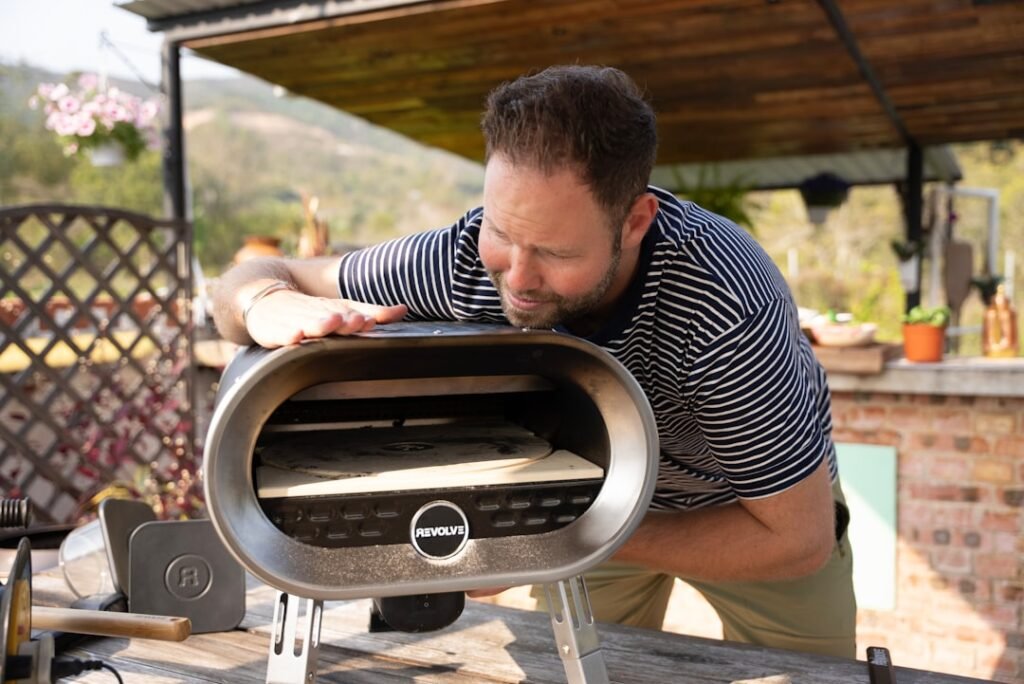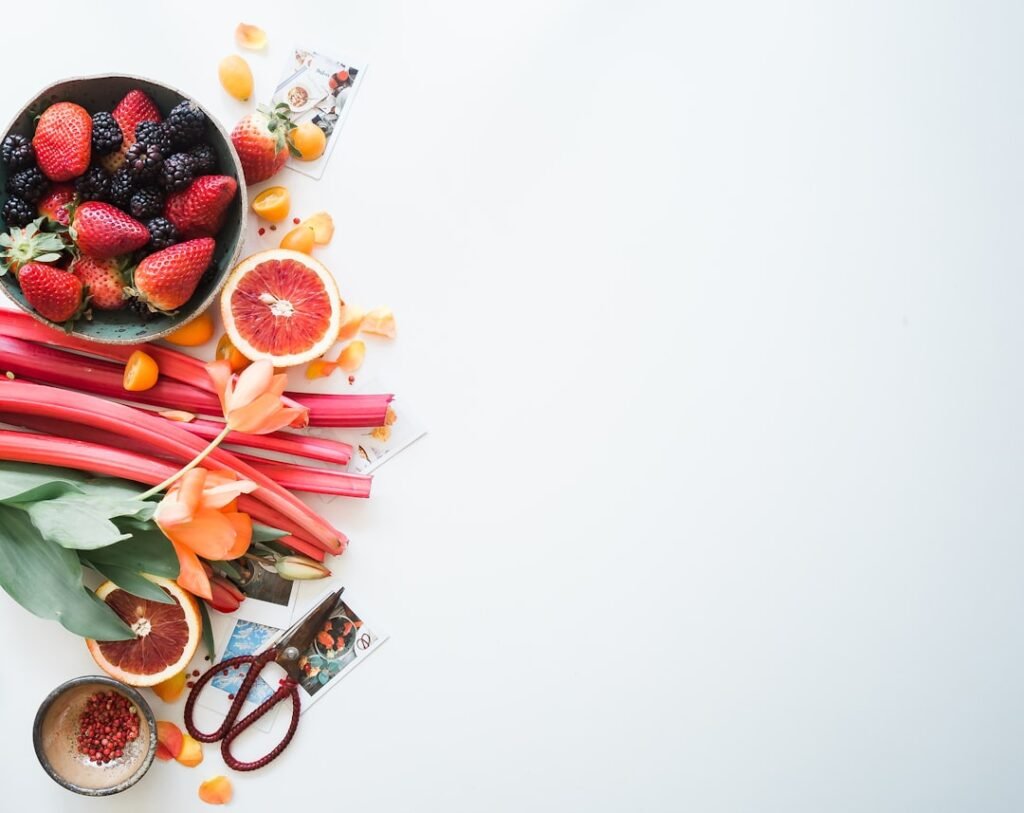The Ultimate Guide to the Best BBQ Smoking Wood Chips

When I first ventured into the world of BBQ smoking, I was amazed by the variety of wood chips available. Each type of wood imparts its own unique flavor profile, which can dramatically alter the taste of the meat. The most common types of wood chips include hickory, mesquite, apple, cherry, and oak.
Hickory is often regarded as the king of BBQ woods due to its strong, smoky flavor that pairs well with pork and ribs. Mesquite, on the other hand, is known for its intense heat and bold flavor, making it a favorite for grilling beef. As I explored further, I discovered that fruit woods like apple and cherry offer a milder, sweeter smoke that complements poultry and fish beautifully.
Apple wood chips provide a subtle sweetness that enhances the natural flavors of chicken, while cherry wood adds a rich color and a hint of tartness to meats. Oak is versatile and can be used with almost any type of meat, providing a balanced smoke that isn’t overpowering. Understanding these different types of wood chips has been crucial in my journey to mastering BBQ smoking.
Choosing the Right Wood Chips for Your Meat
Selecting the right wood chips for my meat has become an essential part of my BBQ preparation. I’ve learned that the type of meat I’m cooking plays a significant role in determining which wood chips to use. For instance, when I’m smoking brisket or ribs, I often reach for hickory or mesquite due to their robust flavors that can stand up to the richness of the meat.
Conversely, when I’m preparing chicken or fish, I prefer lighter woods like apple or cherry, which enhance the dish without overwhelming it. Another factor I consider is the cooking method. If I’m using a smoker, I might opt for larger chunks of wood rather than chips, as they burn slower and produce a more prolonged smoke.
However, when using a gas grill with a smoker box, wood chips are ideal because they ignite quickly and provide immediate flavor. By understanding these nuances in pairing wood chips with different meats and cooking methods, I’ve been able to elevate my BBQ game significantly.
The Science Behind Smoking Wood Chips and Flavor

The science behind smoking wood chips is fascinating and has deepened my appreciation for the art of BBQ. When wood burns, it undergoes a process called pyrolysis, which breaks down the organic material and releases various compounds that contribute to flavor. These compounds include phenols, carbonyls, and acids, each playing a role in creating the complex flavors we associate with smoked meats.
As I’ve delved into this science, I’ve come to understand that different woods produce different compounds when burned. For example, hickory produces a higher concentration of phenols, which gives it that distinctive smoky flavor. In contrast, fruit woods like apple and cherry contain more sugars, resulting in a sweeter smoke.
This knowledge has allowed me to experiment with different combinations of wood chips to create unique flavor profiles that enhance my BBQ dishes.
Tips for Preparing and Using BBQ Smoking Wood Chips
| Wood Chip Type | Soaking Time | Smoking Time | Flavor Intensity |
|---|---|---|---|
| Hickory | 30 minutes | 2-4 hours | Strong |
| Apple | No soaking | 1-2 hours | Mild |
| Mesquite | 1 hour | 1-2 hours | Strong |
| Cherry | 30 minutes | 1-2 hours | Moderate |
Preparing and using BBQ smoking wood chips is an art in itself. One of the first tips I learned was to soak the wood chips in water for at least 30 minutes before using them. This soaking process helps prevent the chips from igniting too quickly and allows them to smolder instead, producing a steady stream of smoke.
However, I’ve also experimented with dry wood chips for shorter smoking sessions, where a quick burst of intense flavor is desired. When it comes to using the wood chips, I’ve found that adding them at the right time is crucial. For longer cooks, I typically add a handful of soaked chips every hour or so to maintain a consistent smoke level.
If I’m doing a quick smoke on something like salmon or vegetables, I might add them just at the beginning to impart that initial burst of flavor. Additionally, using a smoker box or wrapping the chips in aluminum foil with holes poked in it can help control the smoke output and prevent flare-ups.
Pairing Wood Chips with Different Types of Meat
Pairing wood chips with different types of meat has become one of my favorite aspects of BBQ smoking. Each type of meat has its own characteristics that can be enhanced by specific wood flavors. For instance, when smoking pork shoulder for pulled pork, I often use a combination of hickory and apple wood chips.
The hickory provides that classic smoky backbone while the apple adds a touch of sweetness that complements the richness of the pork. When it comes to beef, particularly brisket or steak, mesquite is my go-to choice due to its bold flavor that can stand up to the meat’s intensity. However, I’ve also enjoyed experimenting with oak for a more balanced approach that allows the natural flavors of the beef to shine through without being overpowered by smoke.
For poultry like chicken or turkey, lighter woods such as cherry or pecan work wonders in enhancing their delicate flavors without overwhelming them.
Maintaining and Storing Your BBQ Smoking Wood Chips

Importance of Proper Storage
Maintaining and storing my BBQ smoking wood chips properly has been essential in ensuring their longevity and flavor integrity. I’ve learned that keeping them dry is crucial; moisture can lead to mold growth and spoilage.
Effective Storage Methods
To store my wood chips effectively, I use airtight containers made from glass or plastic that keep out humidity and pests. Labeling each container with the type of wood helps me quickly find what I need when preparing for a BBQ session.
Optimal Storage Conditions
I’ve discovered that keeping my wood chips away from direct sunlight is important as UV rays can degrade their quality over time. A cool, dark place in my garage or pantry works perfectly for storage.
Benefits of Proper Maintenance
By taking these simple steps to maintain my wood chips, I ensure that they remain fresh and flavorful whenever I’m ready to fire up the grill.
Exploring Unique and Uncommon Wood Chip Options
As my BBQ journey has progressed, I’ve become increasingly curious about unique and uncommon wood chip options beyond the traditional choices. One such option is pecan wood, which offers a rich flavor profile that falls somewhere between hickory and fruit woods. It’s particularly delightful when used for smoking poultry or game meats like duck or quail.
Another intriguing option I’ve explored is mesquite’s cousin—ironwood—which provides an even bolder flavor with hints of sweetness. This wood is less common but can add an exciting twist to beef dishes when used sparingly. Additionally, I’ve come across exotic options like grapevine cuttings or whiskey barrel staves that impart distinct flavors reminiscent of their origins.
These unique woods have opened up new avenues for experimentation in my BBQ endeavors.
Enhancing Your BBQ Experience with Infused Wood Chips
Infused wood chips have become one of my favorite ways to elevate my BBQ experience. These chips are often soaked in various liquids such as wine, whiskey, or fruit juices before being packaged for sale. The infusion process allows the wood to absorb these flavors, which then transfer to the meat during smoking.
For instance, using whiskey-infused oak chips can add a rich depth to smoked brisket or ribs. I’ve also enjoyed experimenting with fruit-infused wood chips—like those soaked in apple cider or orange juice—when smoking chicken or fish. The result is a delightful combination of smoky and fruity flavors that tantalize the taste buds.
By incorporating infused wood chips into my BBQ routine, I’ve been able to create dishes that not only taste incredible but also showcase my creativity as a pitmaster. In conclusion, my journey into BBQ smoking has been enriched by understanding the various types of wood chips available and how they interact with different meats and cooking methods. From selecting the right wood for each dish to exploring unique options and enhancing flavors through infusion, every aspect contributes to creating memorable BBQ experiences.
As I continue to experiment and learn more about this craft, I’m excited about what new flavors await me on this delicious journey.






